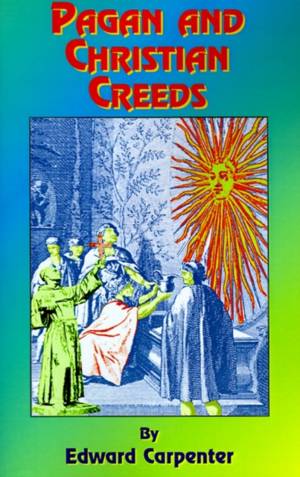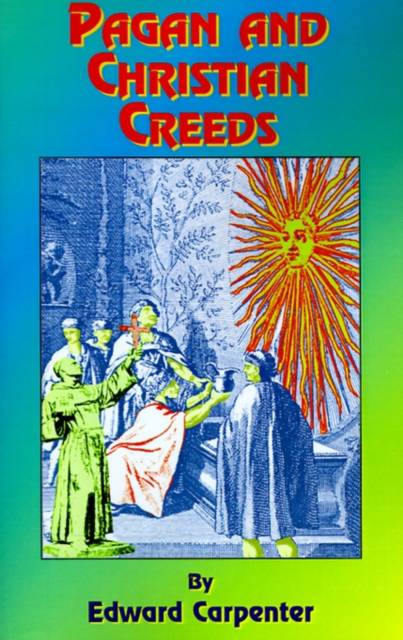
Je cadeautjes zeker op tijd in huis hebben voor de feestdagen? Kom langs in onze winkels en vind het perfecte geschenk!
- Afhalen na 1 uur in een winkel met voorraad
- Gratis thuislevering in België vanaf € 30
- Ruim aanbod met 7 miljoen producten
Je cadeautjes zeker op tijd in huis hebben voor de feestdagen? Kom langs in onze winkels en vind het perfecte geschenk!
- Afhalen na 1 uur in een winkel met voorraad
- Gratis thuislevering in België vanaf € 30
- Ruim aanbod met 7 miljoen producten
Zoeken
€ 34,95
+ 69 punten
Uitvoering
Omschrijving
This book provides a systematic and logical approach to the origins of religion. Many common themes are shown to exist between Christianity and earlier Pagan religions that go back in time centuries before Christianity itself. Carpenter makes an effort to get to the very roots of religion in this book. He's trying to uncover where our religious concepts first originated, and reveals an evolutionary sequence which starts with phallic and procreative cults as having the earliest known impact. Following this came a cult of magic, much along the lines of Frazier's The Golden Bough, where spirits and earth divinities were worshipped. Lastly, came the belief in actual God-figures that came down from heaven. A big part of early religion also concerns the consciousness which is generally found today. Lastly, and most importantly. Carpenter mentions a third type of consciousness found in many of the rites and beliefs of ancient religions, but which we seem to have lost today. He considers this form of consciousness "unnamed, " but provides an Appendix on the doctrines of the Upanishads which, he says, at least gives us an idea concerning this third stage of consciousness and the mental attitude required. Only here, in this higher stage that we've been striving for, are the real facts of the inner life found.
Specificaties
Betrokkenen
- Auteur(s):
- Uitgeverij:
Inhoud
- Aantal bladzijden:
- 316
- Taal:
- Engels
Eigenschappen
- Productcode (EAN):
- 9781585090242
- Verschijningsdatum:
- 1/07/1999
- Uitvoering:
- Paperback
- Formaat:
- Trade paperback (VS)
- Afmetingen:
- 135 mm x 225 mm
- Gewicht:
- 399 g

Alleen bij Standaard Boekhandel
+ 69 punten op je klantenkaart van Standaard Boekhandel
Beoordelingen
We publiceren alleen reviews die voldoen aan de voorwaarden voor reviews. Bekijk onze voorwaarden voor reviews.









